Cornish Hen or Chicken: Spot the Key Differences
Cornish hen has gained popularity among home cooks and professional chefs alike for its delicate flavor profile.
Petite birds offer a tender meat-to-bone ratio that many find superior to standard poultry options.
Their compact size makes them perfect candidates for individual servings at dinner parties or special occasions.
Most grocery stores now stock these miniature fowl alongside traditional chicken varieties in the meat department.
The texture difference between Cornish hen and regular chicken becomes apparent with the first bite - notably juicier and somewhat richer.
People often wonder about cooking times since these smaller birds require different treatment than their larger counterparts.
With just a few adjustments to temperature and timing, you can master the art of preparing this delicious alternative to everyday chicken dishes.
Read on to learn exactly how to choose, prepare, and serve these succulent birds for your next memorable meal.
What is Cornish Hen?
A Cornish hen, also known as a Cornish game hen or Cornish chicken, is a small breed of chicken. Originating from the Cornish breed in England, these young hens typically have red, white, or black feathers and were initially bred as game birds.
As food demand grew over time, farmers crossbred chickens with desirable traits for commercial purposes, resulting in what we now know as the Cornish hen.
Cornish hens are usually slaughtered at a young age, around 4 to 6 weeks old, which contributes to their tenderness.
They’re often roasted whole and served as individual portions, making them popular for elegant dinners or special occasions.
Fascinating Chicken Facts
Chicken serves as a popular type of poultry that appears regularly in our meals, offering both nutritious meat and eggs. Males are called rocks while mature females go by the name hens.
The meat tastes delicious in countless recipes, with many people noting its remarkable versatility similar to tofu. You can prepare chicken through baking, boiling, frying or simmering it in soups.
Eggs from chickens work wonderfully when boiled, fried into omelets, or added to cake batters. Numerous chicken varieties exist worldwide, raised for different purposes including breeding, meat production, and egg-laying.
Cornish Hen vs Chicken: Same Same but Different
The main differences show up in their origin, appearance, taste, texture, how they're typically served, and more.
Here is a comparison table to check out.
| Feature | Chicken | Cornish Hen |
| Origin | Ancient breed from Southeast Asia | Developed in 1949, Cornwall, England |
| Appearance | Balanced, round body; various colors | Muscular, heart-shaped; thick feathers; yellow skin |
| Size & Weight | 1.5–7 lbs depending on type | Usually 1–2 lbs, sometimes larger |
| Taste | Bolder, firmer meat | More delicate, moist, absorbs marinades |
| Cooking | Versatile—roast, stuff, fry, cut | Best cooked whole; delicate skin |
| Serving | Portions or whole for many | Whole, individual servings; elegant |
| Packaging | Whole, parts, boneless options | Usually sold whole only |
| Price | Generally cheaper | More expensive |
| Nutrition | More fat, higher dark meat content | Leaner, higher white meat proportion |
Origin
Chicken is one of the oldest domesticated animals, with origins tracing back 7,000 to 10,000 years ago in Southeast Asia and Oceania. Its ancestor is the Red Junglefowl, and over centuries, chickens have been bred primarily for both meat and egg production worldwide.
On the other hand, the Cornish hen is a relatively recent breed, developed in 1949 in Cornwall, England. It was created by crossing Malay and Eastern chicken breeds to produce a bird with a muscular build and large breasts, originally intended as a game chicken.
The Cornish hen became popular in the United States and globally during the 1960s and is now commonly found in grocery stores.
Appearance
The Cornish hen is distinguished by its muscular, heart-shaped body, with broad shoulders and a tapering form toward the tail. Its feathers are dense and short, typically white, black, red, or a combination of these colors, and it has thick feathers to help it tolerate cold weather.
Its skin is a bold yellow, thinner and smoother compared to regular chickens. In contrast, the typical broiler chicken has a more balanced and rounded body shape, with longer, smoother feathers that come in a wider variety of colors.
Chicken skin tends to be lighter in color and thicker, which varies with the bird’s maturity.
Size And Weight
While mature Cornish hens can reach sizes similar to average chickens, they are usually slaughtered young, around 4 to 5 weeks old, at about 1 to 2 pounds to preserve tenderness and flavor. This smaller size is common in grocery stores and kitchens.
Regular chickens vary more in size, depending on the type: broiler-fryers weigh between 1.5 and 4 pounds, roasters range from 3.5 to 7 pounds, and stewing chickens can weigh up to 7 pounds or more.
Taste
The taste of Cornish hen meat is slightly more delicate and tender than that of regular chicken. Its “young” meat is moist, soft, and subtly sweet, with the ability to absorb marinades well, enhancing its flavor.
Regular chicken tends to have a bolder, more pronounced taste, and firmer texture. While both are white meat, the differences in tenderness and moisture content can influence culinary preferences.
Cooking Styles
Chicken offers great versatility in cooking methods - it can be roasted whole, stuffed, fried, or cut into pieces for various recipes. Due to its size and sturdiness, chicken lends itself well to numerous preparations.
Cornish hens, being smaller and more delicate, are best cooked whole. Their skin is thinner and more fragile, so stuffing must be done carefully to avoid tearing.
Cornish hens roast faster and require less cooking time, making them ideal for quick, elegant meals.
Serving
Cornish hens are often served whole as individual portions, which makes for a visually impressive presentation, perfect for formal dinners or special occasions. Their small size means each hen can serve one person.
In contrast, chickens are usually served in larger portions or cut into pieces for sharing among multiple people, making them ideal for family meals or larger gatherings.
Packing
In grocery stores, chickens are widely available in whole forms, halves, or in various cuts such as breasts, thighs, and wings. They also come in boneless or skinless options.
Cornish hens, however, are typically sold whole only and are less commonly found in parts or cuts. This reflects their specialty status and intended use.
Price
Cornish hens tend to be more expensive than regular chickens. Despite their quicker growth and shorter breeding period, their lower production volume and popularity make them pricier.
Regular chickens, being more widely raised and available, are generally more affordable, especially when bought in larger sizes or quantities.
Nutrition Facts
Both Cornish hens and regular chickens offer lean, high-protein white meat with relatively low fat content. However, Cornish hens usually have less fat due to their smaller size and higher proportion of white meat.
Chickens typically have a higher proportion of dark meat, which contains more fat and riboflavin, beneficial for skin and cell growth but also higher in calories. Both types provide essential vitamins like niacin and B vitamins, supporting brain function, cholesterol reduction, and overall health.
Swap Chicken for Cornish Hen? Here’s What You Need to Know
Cornish hens' taste nearly identical to standard chicken when prepared properly, so substitutions rarely affect flavor profiles.
For best results when using Cornish hens instead of chicken, cooking time should be reduced to maintain moisture and preserve flavor.
Cornish meat actually holds seasonings better, making these birds perfect for flavor-rich dishes.
Serving whole Cornish hens at dinner parties creates an impressive presentation that normal chicken parts simply can't match.
However, some recipes calling for specific chicken cuts might not work well with Cornish hens due to their smaller size. Regular chicken remains the better choice for dishes requiring separated parts or deboned meat.
Most chicken recipes, including those with milder spices, work beautifully when adapted for either bird with minor adjustments.
Delightful Recipes of Home-Cooked Cornish Hen
Cornish hens make a wonderful addition to your party table, offering a small yet elegant serving option that everyone will love. Take a look at some tasty Cornish recipes I've gathered below for your next dinner gathering.
Cornish Hens Roasted With Garlic And Rosemary
Lemon's tang, salt's bite, and the wonderful mix of garlic, pepper, and rosemary make this roasted Cornish chicken a true flavor sensation. My secret for keeping the meat juicy and full of taste is placing a chunk of lemon and fresh rosemary inside the chicken's cavity.
People around your table will be amazed at how delicious these hens turn out - the perfect balance of herbs and citrus creates an impressive dish anyone can master.
Spicy Cornish Hens
Spicy and sweet Cornish chicken makes a great dish for any special event, without complicated steps or hard-to-find items. The secret lies in avoiding overly small pieces that might cause the skin to tear or bones to break during cooking.
My personal recommendation is cutting the chicken in half or quarters - this creates perfect portions that look fantastic on plates while ensuring each bite delivers the right balance of juicy meat and crispy skin. The combination of heat and sweetness in the seasoning turns an ordinary meal into something truly memorable that guests will ask about long after the dinner ends.
Cuban Roasted Cornish Hen Recipe
Cuban Cornish hen with lime and oregano creates a delicious meal that your family won't forget. The dish boasts a beautiful golden hue and flavor that keeps everyone coming back for more.
Preparation takes just 15 minutes before roasting, making it perfect for busy weeknights or special gatherings. Pair this tasty chicken with a fresh salad, mixed grain rice, or baked potatoes to complete the meal.
From the moment the aroma fills your kitchen to the final bite at the dinner table, this recipe guarantees happy faces and satisfied appetites all around!
Tasty Chicken Recipes to Make
Check out these simple chicken recipe as below, they are amazing.
Grilled Juicy Chicken Breast
Focus on this grilled brine chicken breast recipe if you're fed up with dry, tasteless chicken. Your meat will turn out perfectly tender and juicy, packed with natural sweetness that pairs beautifully with the delicious sauce.
Give it a try and let us know what you think about the results - we bet you'll add it to your regular dinner rotation!
Chicken Thigh With Garlic Butter Sauce
Family meals become more delightful with chicken thighs marinated in garlic butter sauce. No one can resist these firm thighs covered in that fat, aromatic, and salty goodness!
Our special cooking method creates crispy skin while keeping the meat perfectly moist inside. Each bite delivers an amazing flavor experience that comes from our carefully crafted sauce and marinade recipe.
These mouthwatering chicken thighs with their rich sauce will certainly make your stomach growl with anticipation. For best results, don't skip any steps in the recipe instructions.
Crispy Chicken Wings Baked
Crispy baked chicken wings offer all the tasty goodness without excess fat, making them a guilt-free treat for any occasion. The secret lies in a perfect balance of heat and sweetness from Frank's hot sauce mixed with sugar, creating a flavor explosion that tingles your taste buds.
After pouring this irresistible sauce over the crunchy wings, patience becomes nearly impossible as the aroma fills the air. These wings maintain their satisfying crunch while staying juicy on the inside, proving that healthier options can be just as delicious as their fried counterparts.
Once you try this simple recipe, traditional deep-fried wings might become a thing of the past in your kitchen.

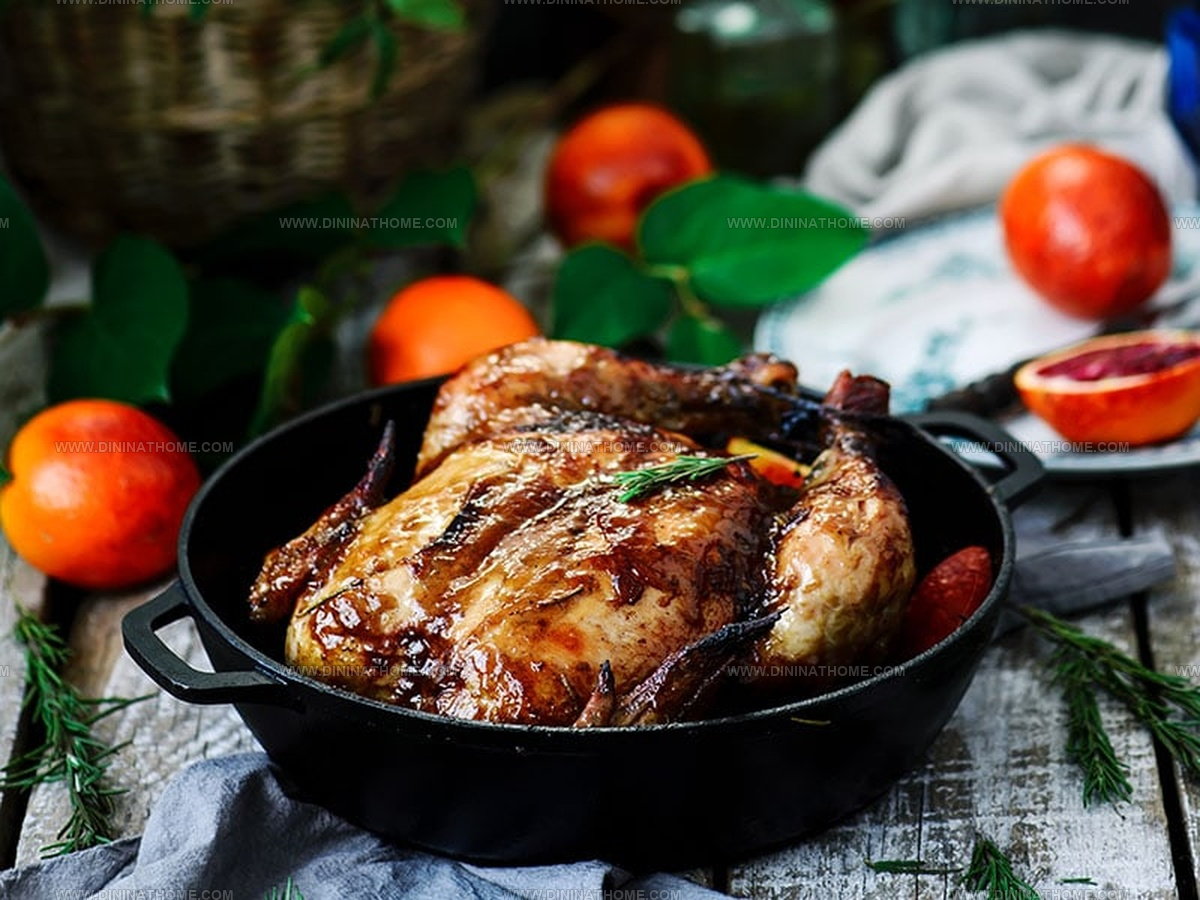
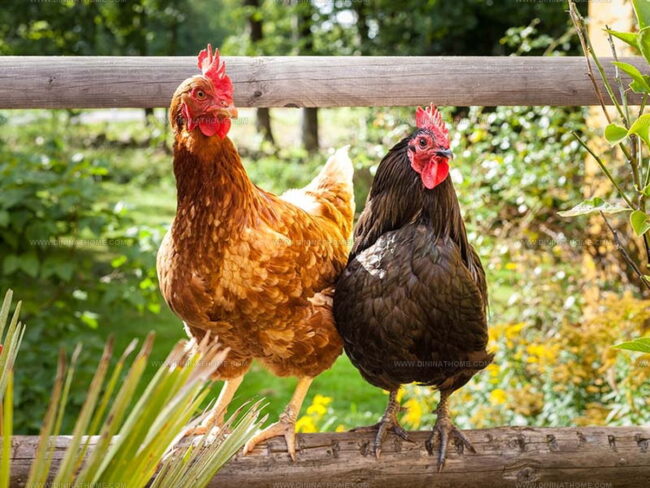
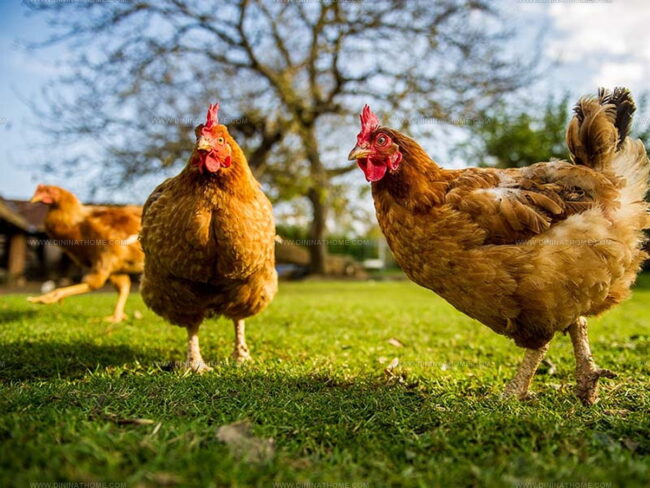
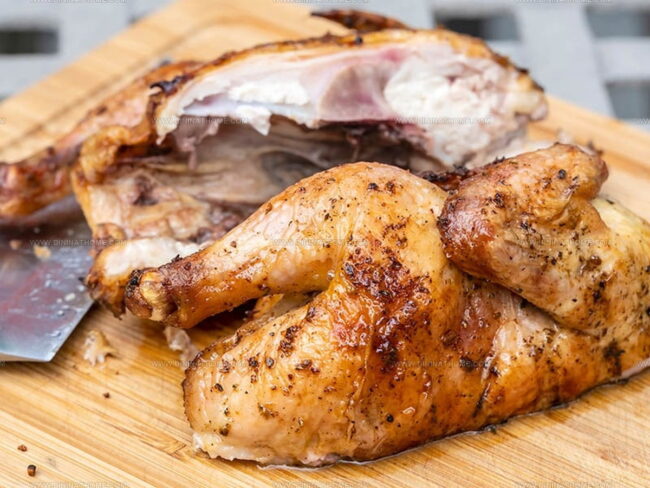
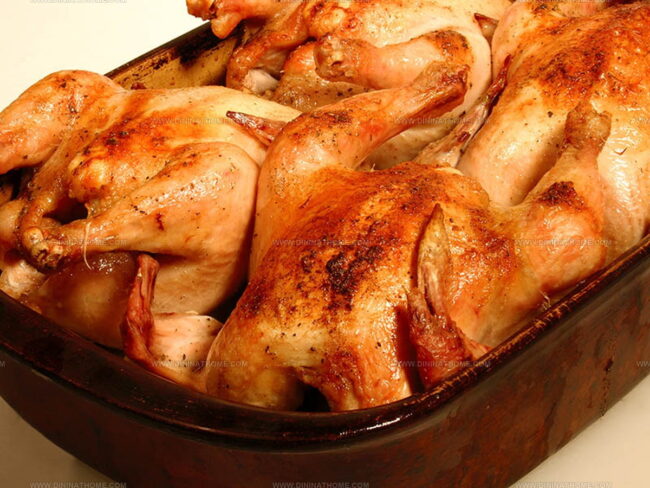
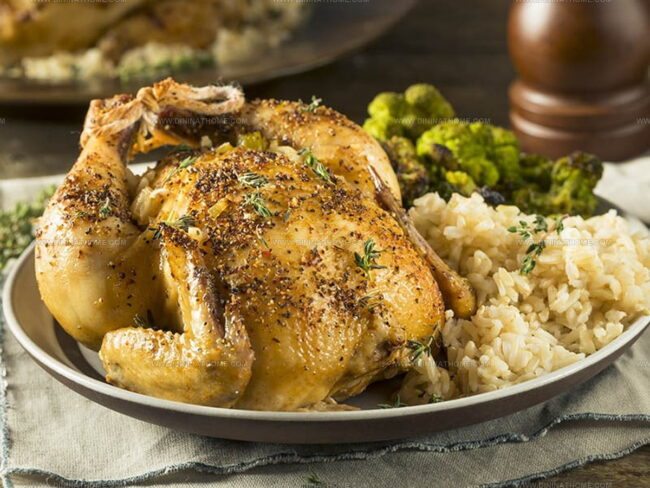
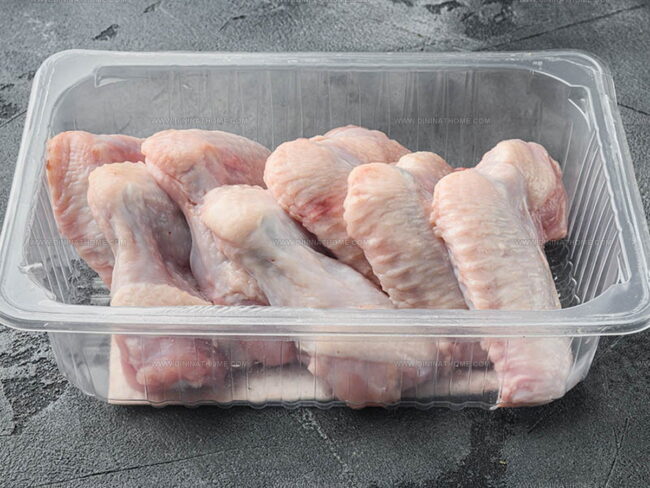
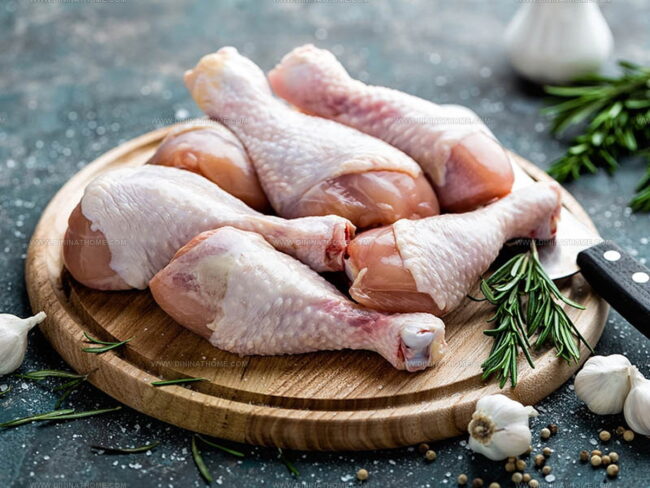
James Walker
Lead Recipe Developer & Culinary Educator
Expertise
Southern Cuisine & Farm-to-Table Cooking, Recipe Development & Testing, Culinary Education & Instruction
Education
School: Auguste Escoffier School of Culinary Arts
Program: Diploma in Culinary Arts and Operations
Focus: Comprehensive training in classical and modern culinary techniques, kitchen operations, and farm-to-table practices.
James didn’t learn cooking from a TV show, he learned it from busy kitchens, family gatherings, and long afternoons spent testing recipes the hard way.
After training at the Auguste Escoffier School of Culinary Arts, he brought his love for real, down-to-earth food to every dish he makes.
At Dining At Home, James loves building recipes that feel familiar but still have something special, like adding a twist to a classic or making a slow Sunday dinner feel brand new.
When he’s not in the kitchen, you’ll probably find him swapping garden tips at the farmers’ market or teaching his daughter how to flip pancakes without a mess (almost).